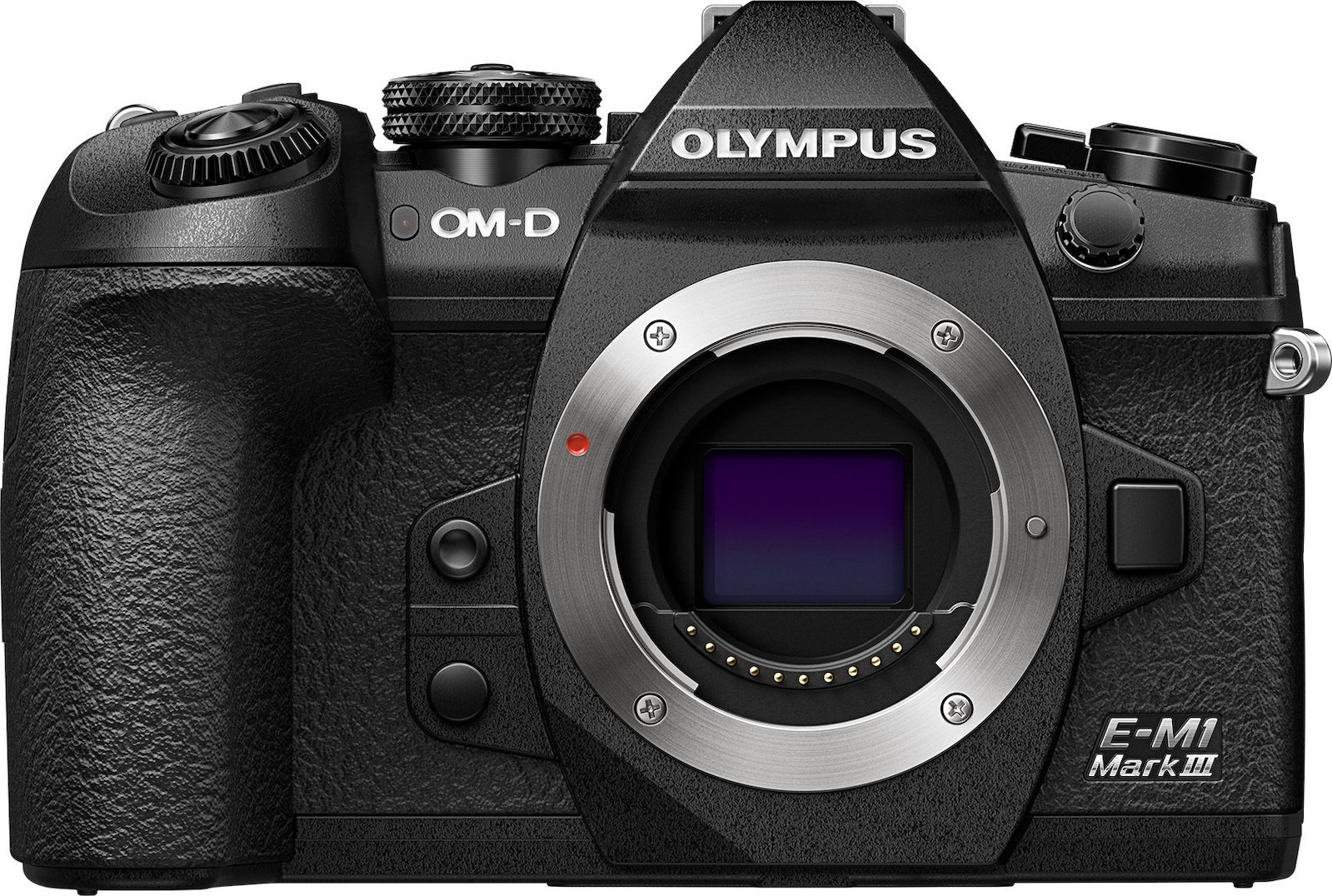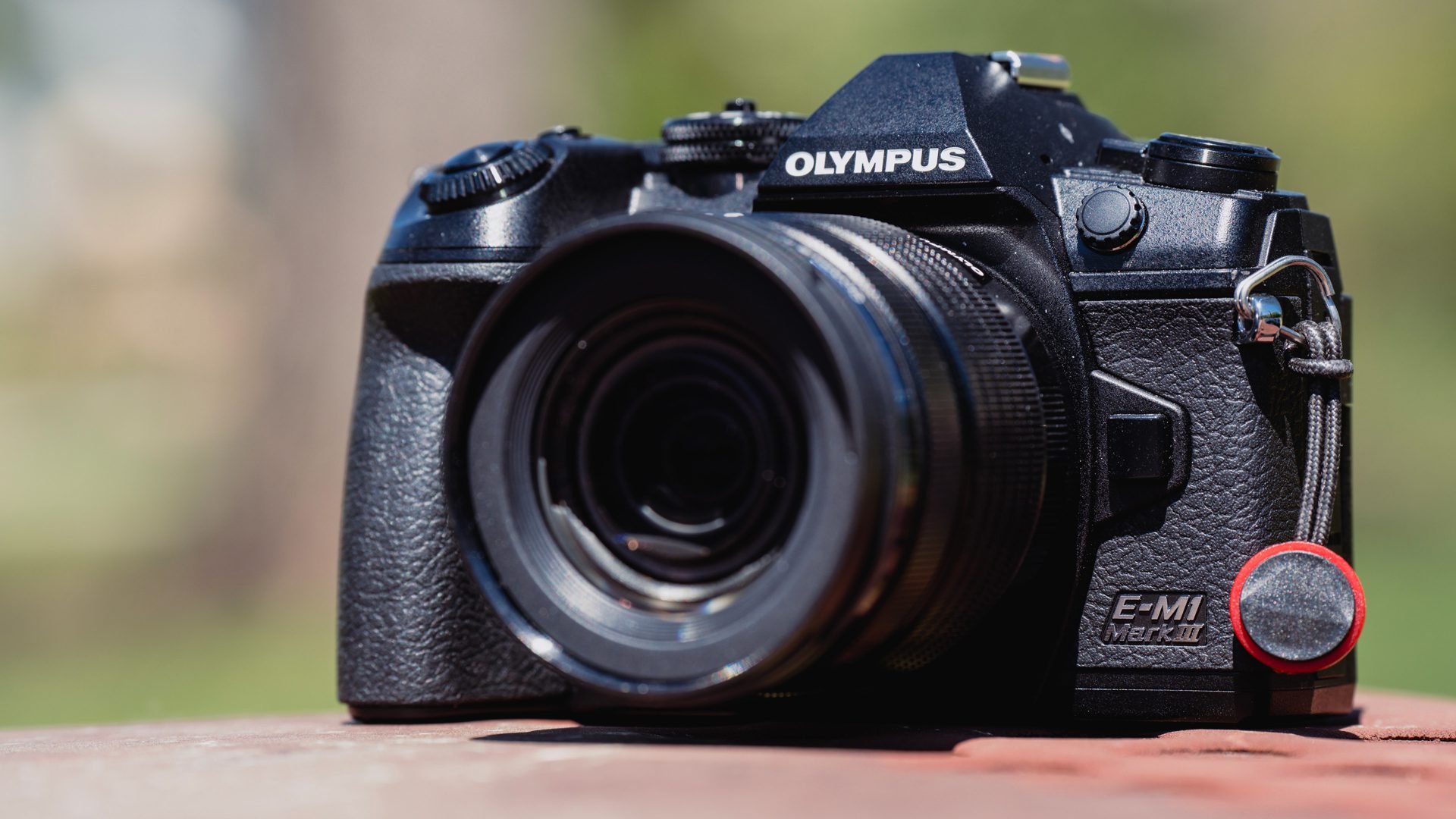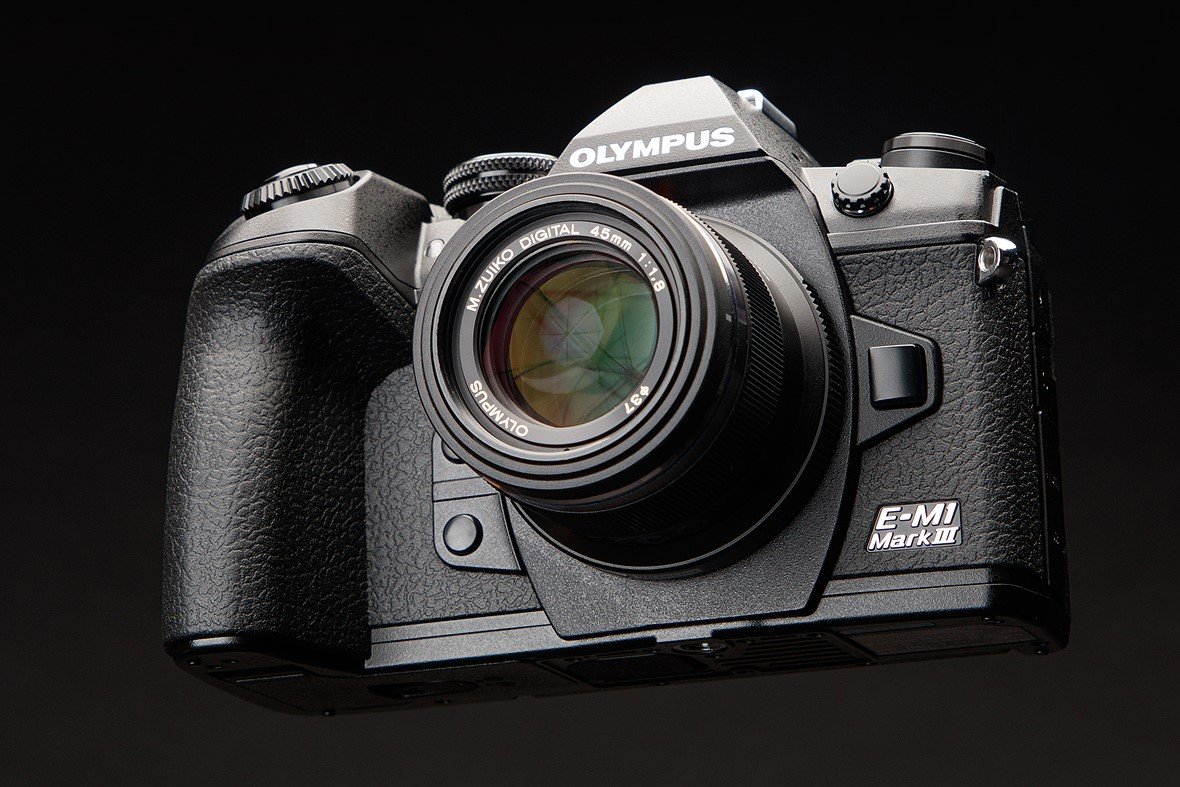The Pocket Powerhouse: Revisiting the Olympus OM-D E-M1 Mark III

In a world where full-frame cameras are grabbing all the headlines, it’s easy to overlook the refined powerhouses of the Micro Four Thirds (MFT) world. The Olympus OM-D E-M1 Mark III stands as a testament to a different philosophy: that a professional camera doesn’t have to break your back. Released as the culmination of years of engineering, this camera packs an almost absurd amount of technology into a compact, weatherproof body, proving that size isn’t everything. It’s a tool designed not for the studio pixel-peeper, but for the adventurer, the traveler, and the wildlife photographer who demands performance and portability in equal measure.
Design and Build: A Fortress in Your Hand

Picking up the E-M1 Mark III, the first impression is one of rugged reliability. The magnesium alloy body feels dense and incredibly solid, and its class-leading IPX1 weather-sealing means you can shoot with confidence in conditions that would send other photographers running for cover. Yet, it remains remarkably compact and lightweight. Paired with the equally compact M.Zuiko PRO lenses, the entire system is a fraction of the size and weight of a comparable full-frame kit.

Ergonomics are superb. The deep, sculpted grip provides a secure hold, even with larger lenses, and the button layout is a masterclass in customization. Nearly every control can be remapped, allowing you to tailor the camera precisely to your workflow. The inclusion of a dedicated joystick for AF point selection is a welcome addition that significantly speeds up operation in the field. It’s a camera that feels less like a device and more like an extension of your creative intent.
Performance: The Magic of Stabilization
At the heart of the E-M1 Mark III is a 20.4MP Live MOS sensor paired with the TruePic IX processor. While the megapixel count and sensor size might not impress on a spec sheet, the real-world results are excellent. The true star of the show, however, is the in-body image stabilization (IBIS). Olympus has long been the king of stabilization, and this camera is its crowning achievement. It delivers a staggering 7.0 stops of compensation on its own, and up to 7.5 stops with a compatible stabilized lens. This isn’t just a technical specification; it’s a creative game-changer. You can capture sharp, multi-second handheld exposures of waterfalls or cityscapes, leaving your tripod at home.

Autofocus is fast and capable, with 121 cross-type phase-detection points covering most of the frame. Subject tracking is generally reliable, and the updated Face and Eye Detection AF is snappy. For astrophotographers, the dedicated Starry Sky AF mode is a brilliant innovation that nails focus on distant stars with ease. While it may not match the uncanny tenacity of the latest AI-driven systems from Sony or Canon, it’s more than capable for demanding action and wildlife photography.
Features: Computational Photography Comes of Age
Where the E-M1 Mark III truly distinguishes itself is through its suite of computational photography features. These aren’t gimmicks; they are practical tools that leverage processing power to overcome the physical limitations of a smaller sensor. The 50MP Handheld High-Res Shot mode lets you capture stunningly detailed images without a tripod, while the 80MP Tripod mode is perfect for static subjects like landscapes and architecture.
Live ND is another stroke of genius, digitally simulating a neutral density filter to allow for long exposures in broad daylight without carrying extra glass. And for capturing fleeting moments, Pro Capture mode is invaluable, buffering shots before you fully press the shutter, ensuring you never miss the perfect moment a bird takes flight. These features provide a level of creative flexibility that few other camera systems can offer in such a portable package.
Value Proposition: The Agile Professional’s Choice
As a mature product in the market, the E-M1 Mark III represents a compelling value. It delivers a professional-grade feature set, unparalleled portability, and access to a vast ecosystem of high-quality, compact lenses. It may not be the ultimate choice for those who require extreme low-light performance or the shallowest depth of field. However, for its target audience—the outdoor, travel, and wildlife photographer who prioritizes mobility and resilience—its value is immense. It’s a workhorse camera that encourages you to go further and shoot in places you might not take a larger, more delicate system.
In conclusion, the Olympus OM-D E-M1 Mark III is a specialized tool, but it is brilliant at what it does. It’s a powerful reminder that the “best” camera is the one that allows you to get the shot, and this camera is designed from the ground up to do just that, anywhere, in any condition. For the photographer on the move, it remains one of the most capable and compelling options available today.
Where to Buy:
Olympus OM-D E-M1 Mark III Quick Summary
Key Scores:
- Value: 96%
- Design: 92%
- Performance: 90%
- Quality: 91%
- Popularity: 95%
Top Pros
- ✅ Class-leading image stabilization enables incredible handheld shooting possibilities.
- ✅ Robust weather-sealing and a compact build offer supreme durability.
- ✅ Unique computational features like Live ND expand creative options.
- …
Key Cons
- ❌ The 20MP sensor shows its limits in poor lighting conditions.
- ❌ The electronic viewfinder resolution is lower than most modern rivals.
- ❌ Subject-tracking autofocus can be less reliable than top-tier competitors.

















